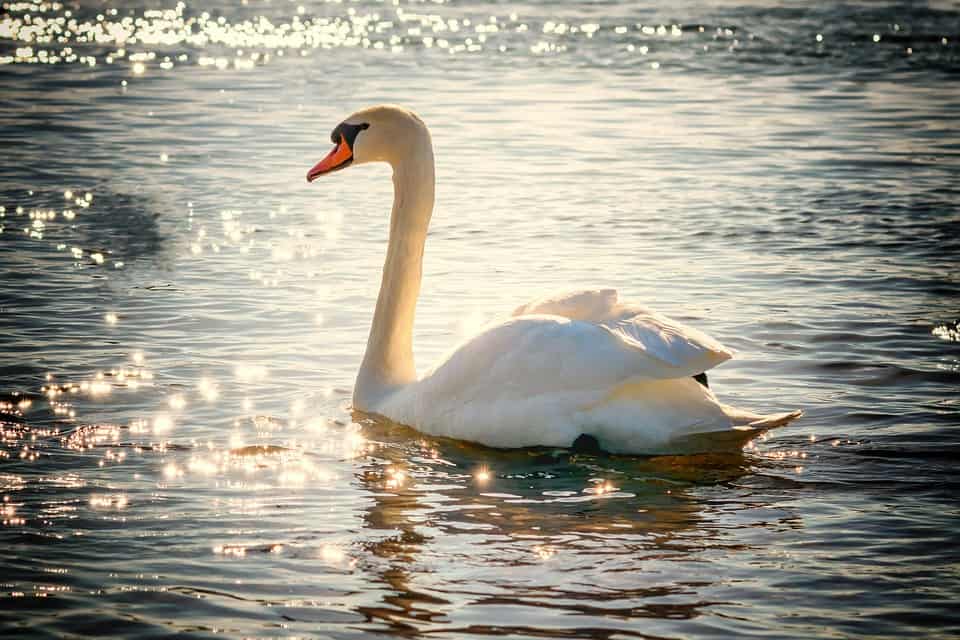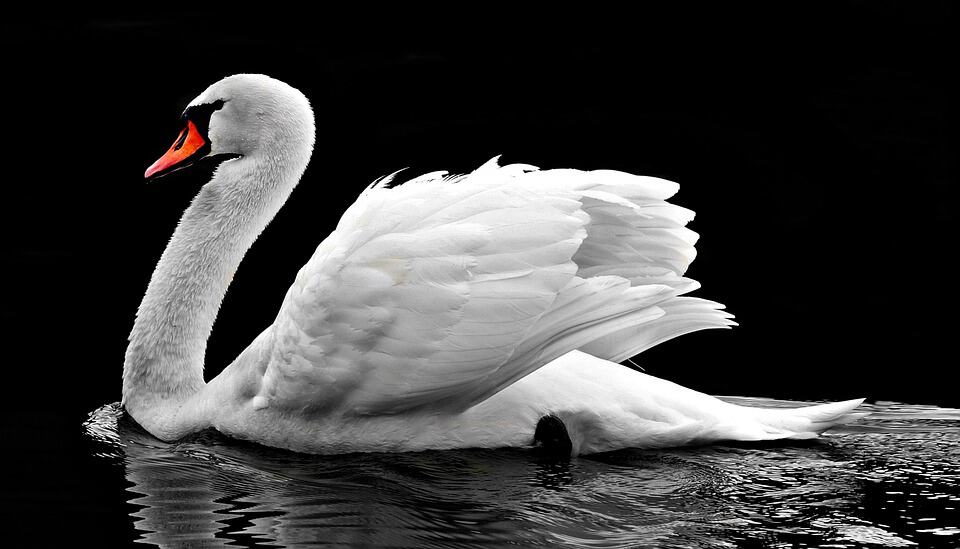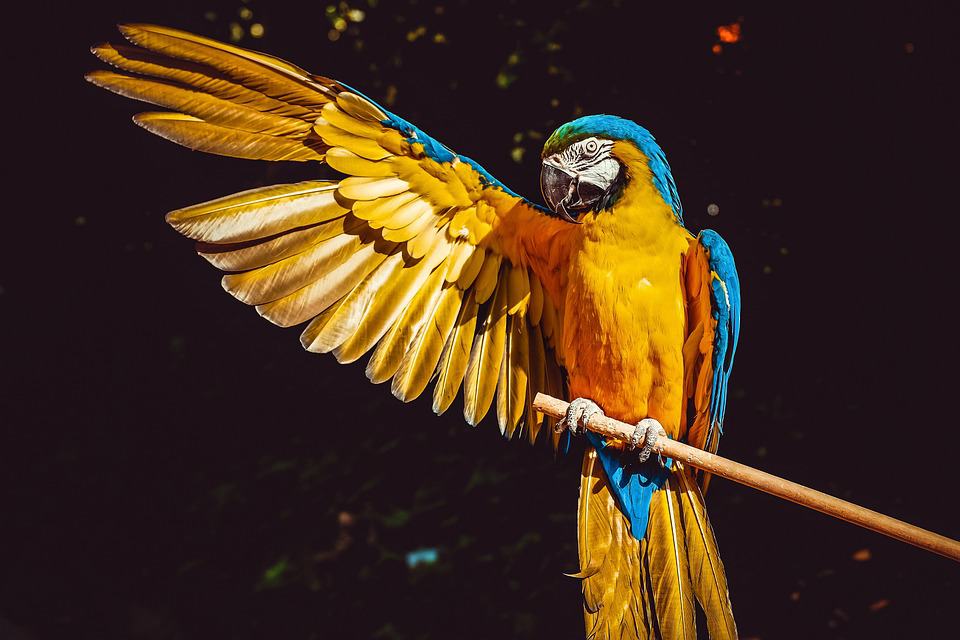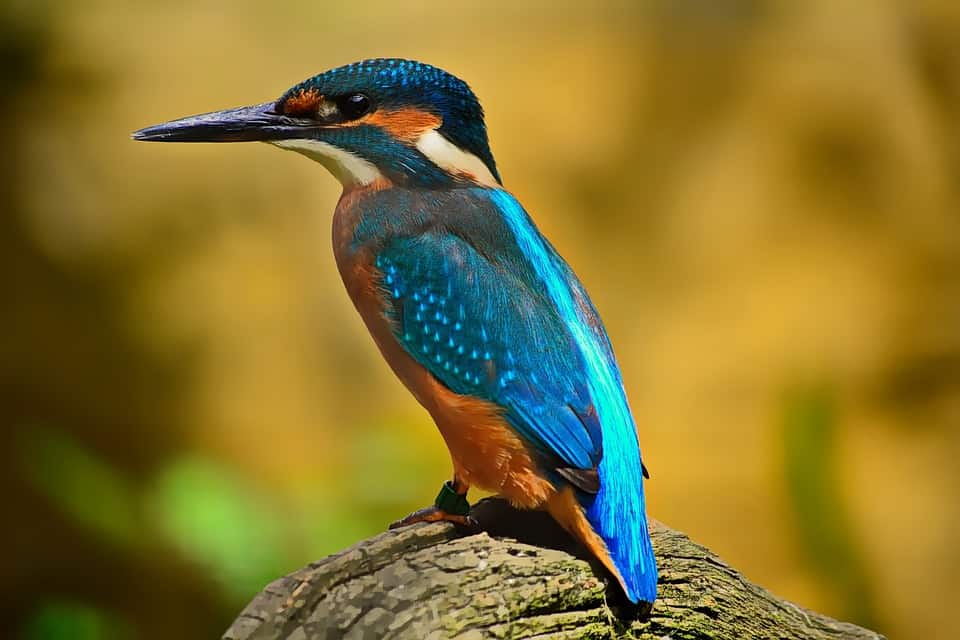Feathered Foragers: The Role of Nuts in a Bird’s Diet
What kinds of nuts do birds eat?
Birds have a diverse palate when it comes to nuts. Some common nuts favored by birds include sunflower seeds, peanuts, almonds, walnuts, and pecans. Large birds like parrots and cockatoos can even crack open hard-shelled nuts like Brazil nuts and macadamia nuts with their powerful beaks.
Why are nuts important in a bird’s diet?
Nuts are rich in essential nutrients and fats that are crucial for a bird’s overall health and well-being. They provide a good source of protein, fiber, vitamins, and minerals that help support a bird’s energy levels, immune system, and feather quality. Additionally, the natural act of foraging for nuts can provide mental stimulation for birds, keeping them engaged and active.
How do birds incorporate nuts into their diet?
Birds have various ways of consuming nuts. Some birds, like woodpeckers, have specialized bills that allow them to peck into nuts to extract the meat inside. Others, like chickadees and nuthatches, are known to hold onto a nut with their feet and peck it open with their beaks. In some cases, birds will store nuts for later consumption, hiding them in tree crevices or burying them in the ground.
Can nuts be harmful to birds?
While nuts are generally beneficial for birds, there are some risks to be aware of. Salted or flavored nuts meant for human consumption can be harmful to birds due to their high sodium content. Additionally, if nuts are served in large quantities, they can contribute to obesity and other health issues in birds. It’s important to offer nuts in moderation as part of a balanced diet that includes a variety of seeds, fruits, and vegetables.
What are some ways to provide nuts for wild birds?
One way to offer nuts to wild birds is by using bird feeders specifically designed for nuts or seed mixes that contain a variety of nuts. These feeders typically have openings that allow birds to access the nuts without spilling them. Another option is to scatter nuts in your yard or garden to encourage natural foraging behaviors in wild birds. Providing a shallow dish of water near the feeding area can also help birds stay hydrated while enjoying their nutty snacks.
Conclusion
Nuts play a crucial role in a bird’s diet, offering essential nutrients, fats, and mental stimulation. By understanding the importance of nuts and how to responsibly incorporate them into a bird’s diet, bird enthusiasts can help support the overall health and well-being of their feathered friends.
FAQs
Can birds eat all types of nuts?
Most nuts are safe for birds to eat, but it’s important to avoid offering salted or flavored nuts meant for human consumption, as these can be harmful to birds.
How often should I offer nuts to wild birds?
Nuts should be offered in moderation as part of a balanced diet that includes a variety of seeds, fruits, and vegetables. It’s best to provide nuts as a supplement to a bird’s regular feeding routine.
Are there any nuts that are toxic to birds?
Some nuts, like pistachios and almonds, contain naturally-occurring toxins that can be harmful to birds if consumed in large quantities. It’s important to research the specific types of nuts you plan to offer to ensure they are safe for birds.
Can birds store nuts for later consumption?
Yes, some birds will hide or bury nuts for later consumption. This natural behavior is part of their foraging instincts and can be observed in species like jays and woodpeckers.
How can I attract nut-eating birds to my yard?
Using bird feeders specifically designed for nuts and scattering nuts in your yard or garden can help attract nut-eating birds. Providing a source of fresh water nearby can also make your yard more appealing to these feathered foragers.



